
Hi, I’m Kosta - I deal with complex problems at the intersection of strategy, design & management.

Hi, I’m Kosta - I deal with complex problems at the intersection of strategy, design & management.
Currently, I am working as an independent strategic design consultant, helping bring great products to life.
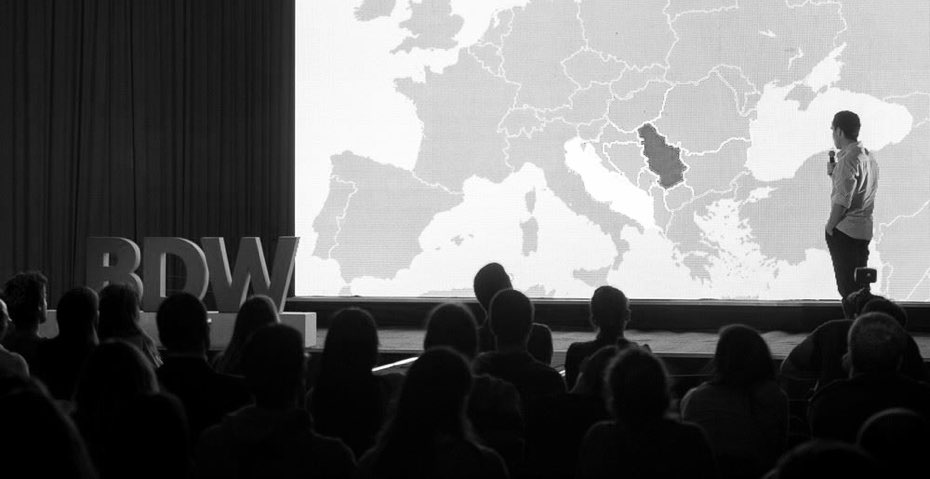
Product strategy
UX strategy & design
User interface design
Spatial design
Branding
Team leadership
Originally trained as an architect, I work accross a range of disciplines, focusing on strategic direction and team leadership, but deliver on execution too.
I work globally, both on-site and remotely, as an independent consultant or internally leading a design/development team of any size.
The founders of iPetitions, 2006.
Concieved a universal digital food ordering flow to accommodate dozens of variations on user location, service types, payment timing and system integrations.
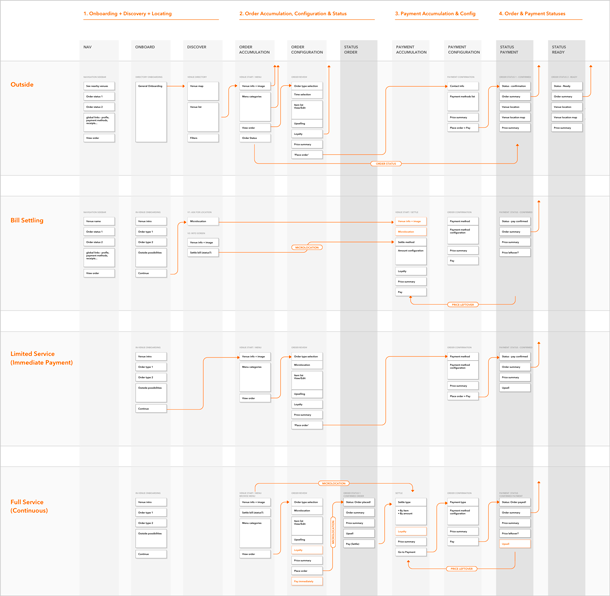
Small part of the map that was a basis for defining flows - it’s a kind of a hybrid of a user journey map and UI breadboarding, containing functional segments mostly corresponding to organisms.
One of the key challenges of MENU comes from its unique ambition and ability to cover many different use cases. Users can: preorder when outside, for either takeout or delivery or dine in; go to a restaurant and order from their table; or just settle a bill if the order was placed through a waiter; or pay for a cantine order; or… You get the point.
After about 3 years of building the platform, as the first step in a big restructuring & redesign effort, I developed a framework that, while enabling all of the required future use cases:
1. Enabled simplification, abstraction and more flexible structure of the code to allow for future change and growth in multiple directions. For example, the team was later able to deliver a fundamental change in user location management within days, thanks to forward-looking abstraction of the architecture.
2. Provided better orientation of users in the app and clear, consistent feedback on the status of their orders and payments regardless of order type.
3. Reduced the number of steps required to reach any goal to a minimum (for example, enabled one-tap bill settling).
The system was later further developed into a large set of separate user and information flows, high fidelity UI and design system, coded and ultimately released in early 2019.
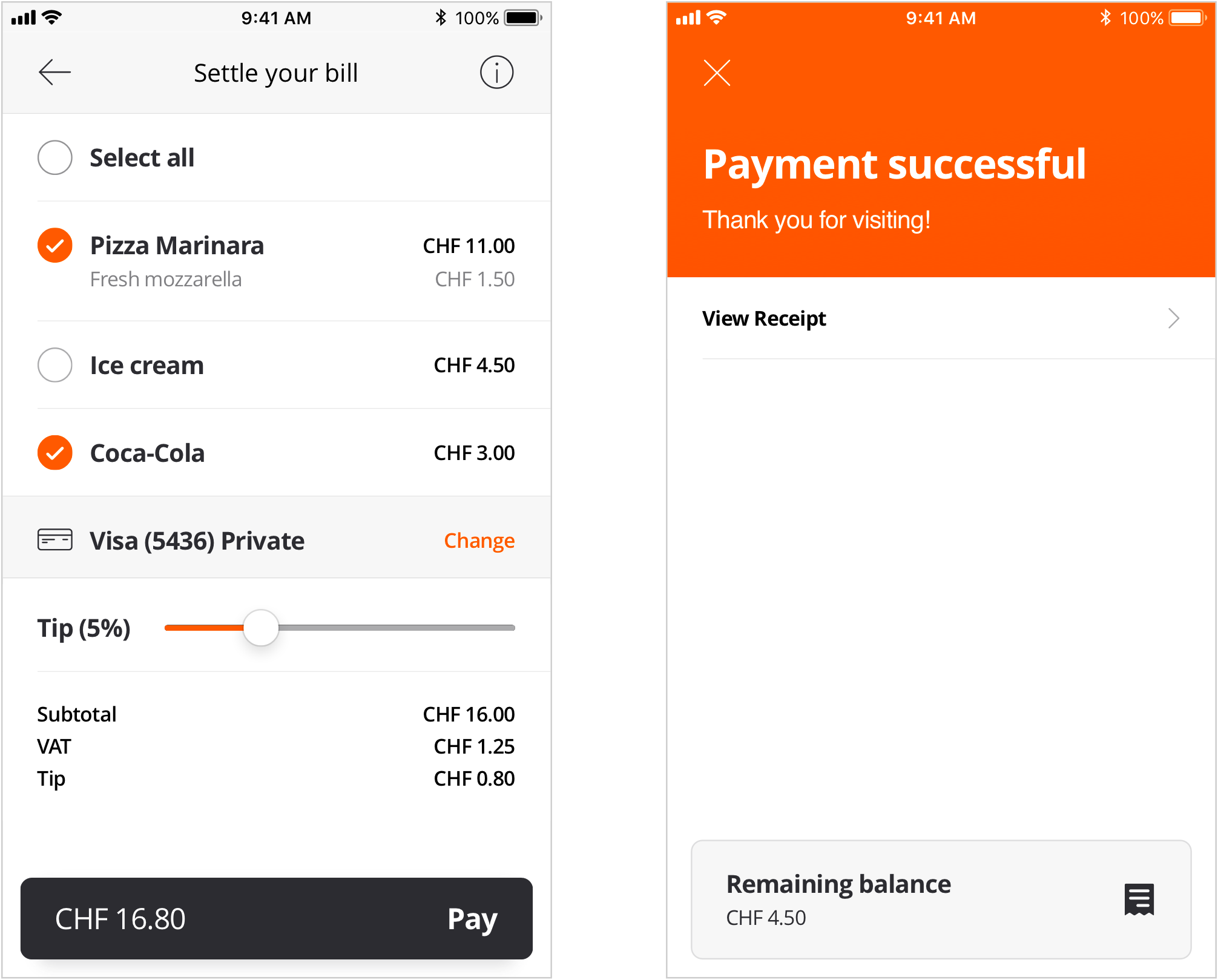
High fidelity mockup of the whole bill settling process: the review and the confirmation.
Mobile bill settling solutions in restaurants currently mostly look like this - it’s a cumbersome process that involves guests taking multiple steps, even before they made their order. For us, it was of key importance to reduce this experience to an absolute minumum of effort, for both the guest and the staff:

Technically enabled by MENU’s guest location logic and POS system integrations, we were able to make it happen with a single tap, from your table, without the need to flag a waiter, announce mobile payment to them or deal with codes.
UX-wise, we made it possible by choosing to start with the default user intention - settling a full bill and using tip percentage and payment method they used last time, so you only need a tap or two more for the less common cases that are also covered - real-time bill splitting, changing or removing tips and switching between multiple payment methods.
Users said their experience was magical.

The typical quick service environment with MENU - orders coming in from all sides (illustration by Art&Code).
In the hectic environment of lunch-hour crowds in “quick service” restaurants, we were determined to make digital order reception and management by the staff as fast as possible and adapt to existing processes. Three key decisions drove this project, based on data analysis, on-site observations and customer feedback:
1. Most importantly, to avoid the otherwise usual manual order accepting and preparation time setting and instead rely on algorithms and data-informed exception handling.
2. To send guests push notifications when their order is ready, even if they were provided with a precise pickup time by their app.
3. To combine all orders coming from inside or outside of the restaurant - for dine-in, takeout or delivery, into a single tablet device and unified process.
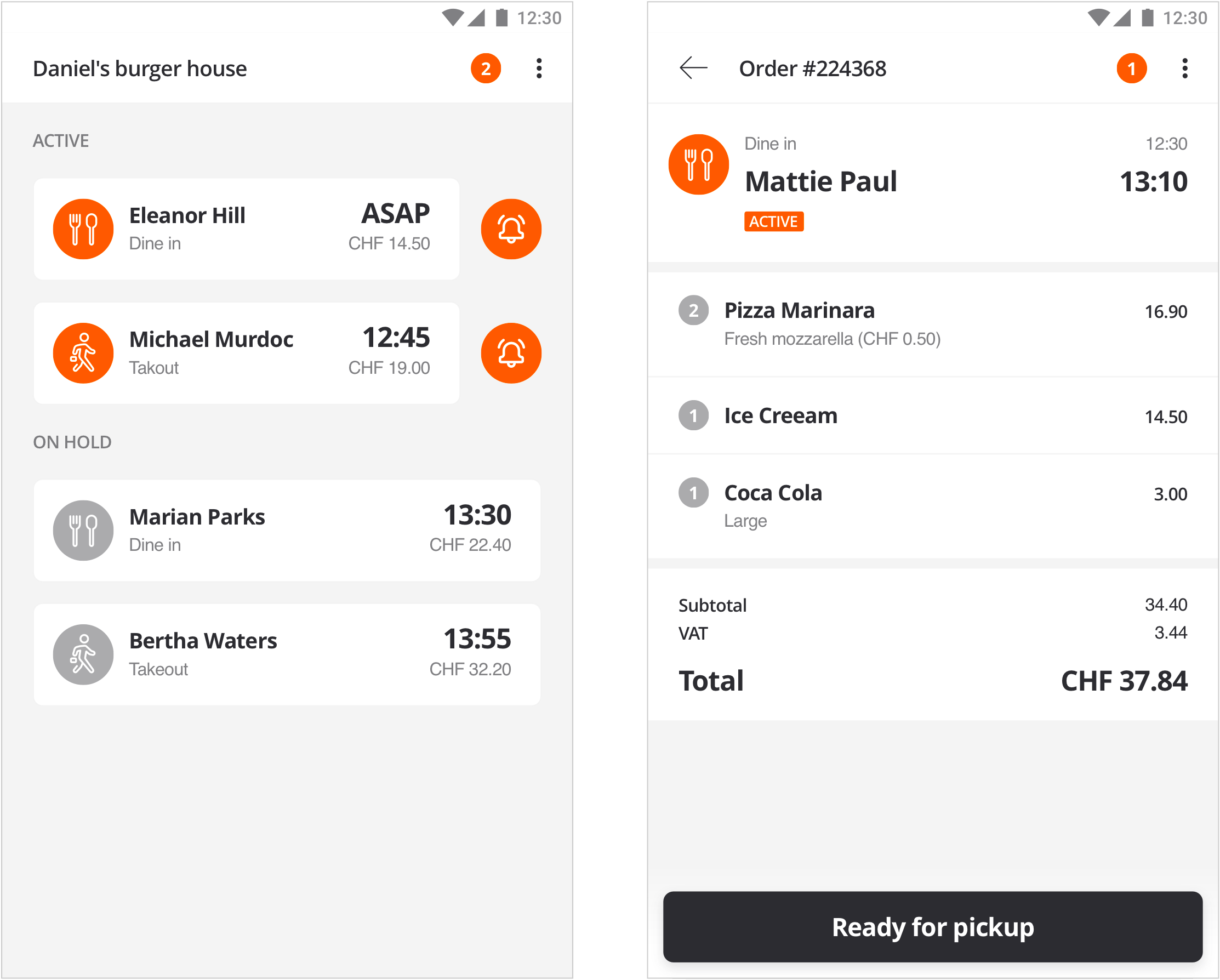
High fidelity mockups of the order reception and management tablet app.
The result was an easily self-deployable tablet app with orders being managed using a system of notifications. Most of the time it requires only one tap per order from the busy staff.
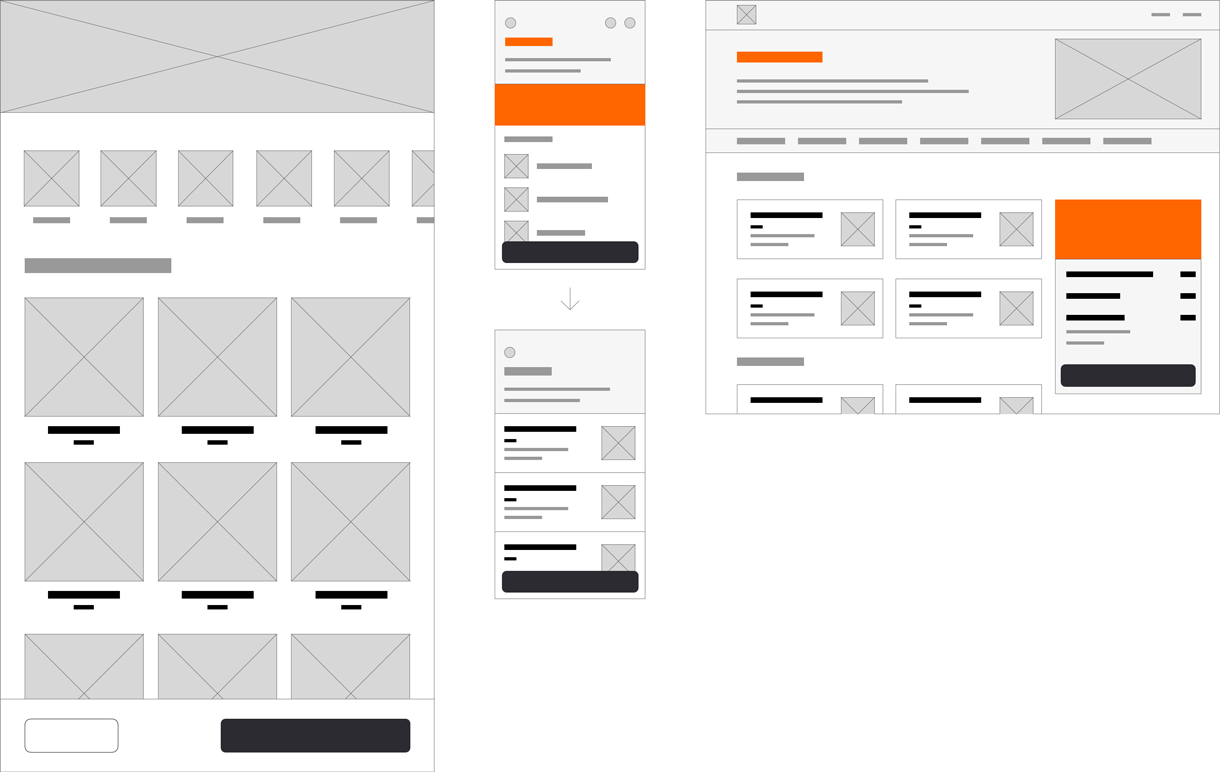
Comparison of menu screen structures on different devices (kiosk - phone - desktop) with different level of detail, sizing and positioning of elements).
Over time, on top of the initial order & payment mobile app, MENU introduced more ordering channels - a responsive, primarily desktop web application for takeout, delivery or in-venue consumption orders and self-service kiosks within quick service restaurants - all fully managed from the same place.
Designing the web and kiosk apps meant adapting existing mobile concepts to different contexts, like taking into account the sequential nature of kiosk-based interactions as opposed to the single-screen desktop environment, or working within different ergonomy constraints - all the while keeping the same general logic and the brand look & feel.
Executed meticulously by Rista, we developed a flexible design system that streches across all touchpoints and allows for easy white-labeling.
2016
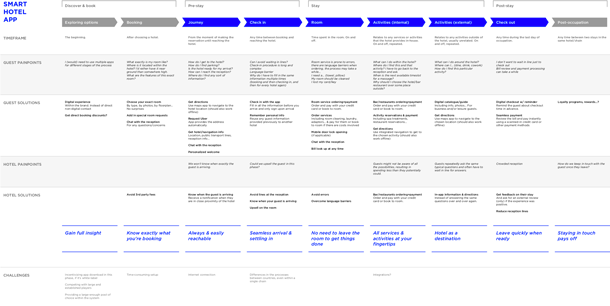
Starting from a broadly defined customer journey (Awareness - Consideration - Decision - Experience - Retention - Advocacy) and a series of discussions with management, I developed a product definition map as a hybrid user journey map + value proposition matrix.
The map addresses painpoints and solutions on both sides of the hotel-guest relationship, with the goal of evolving it into a multifunctional guest mobile app.
2015 - 2016

Xponia creates digital museum experiences - from indoors wayfinding to proximity-based multimedia content for exhibitions and individual exhibits via white label mobile apps.
The project required turning their partially existing, rudimentary content management system into an intuitive, robust interface for managing exhibits, exhibitions, guided tours, gift vouchers, events, calendars, quizzes, users, content translations, indoor maps etc.
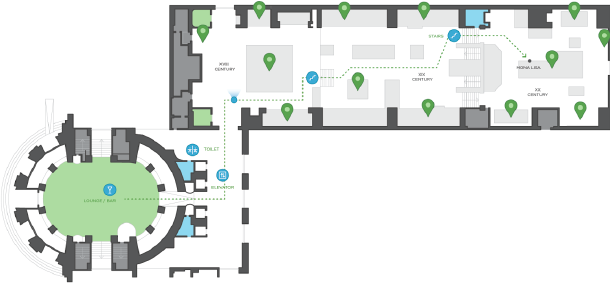
I formed and led a multidisciplinary team to deliver a fully responsive CMS interface and pattern library for further development, as well as standards for indoors map design.
2013 - 2014
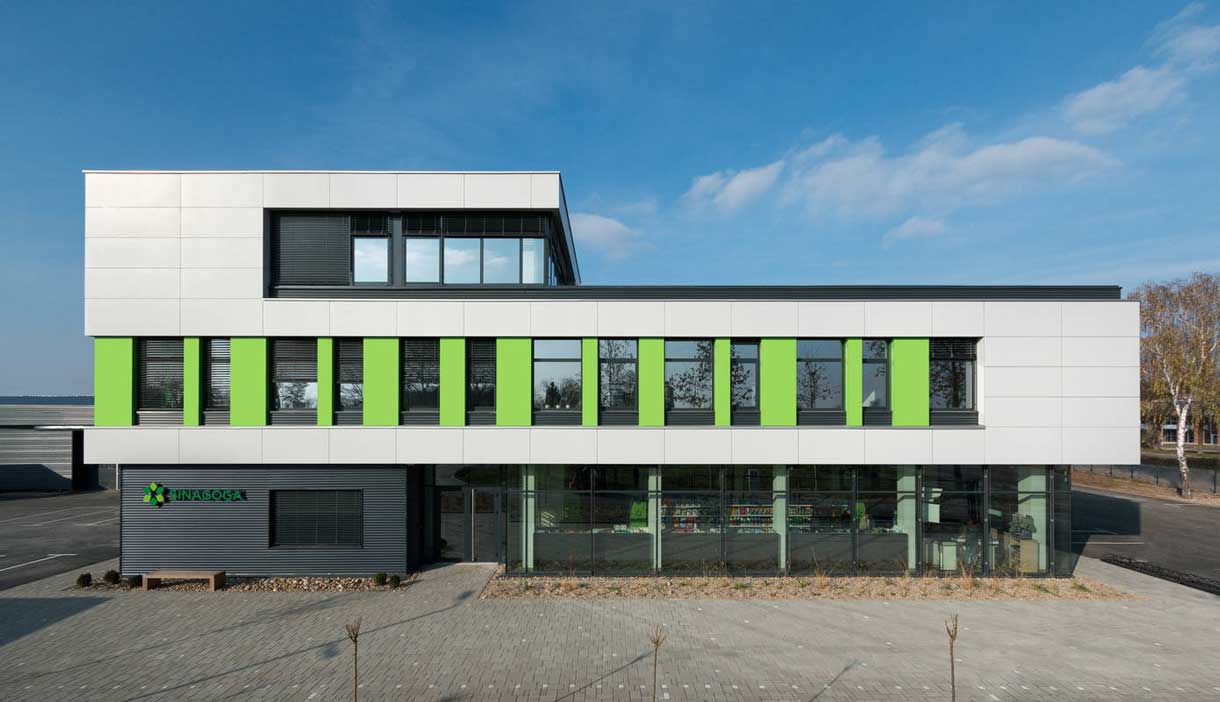
Sinagoga headquarters building (photo Relja Ivanic). See more photos.
Sinagoga is a general goods wholesaler which, after over two decades of existence and rapid growth faced the need for both spatial expansion and rebranding.
Together with Domus, I concurrently worked on graphical and spatial solutions, making sure they fit together into a coherent image of the company, all within a rather restricted budget.
2012 - 2014
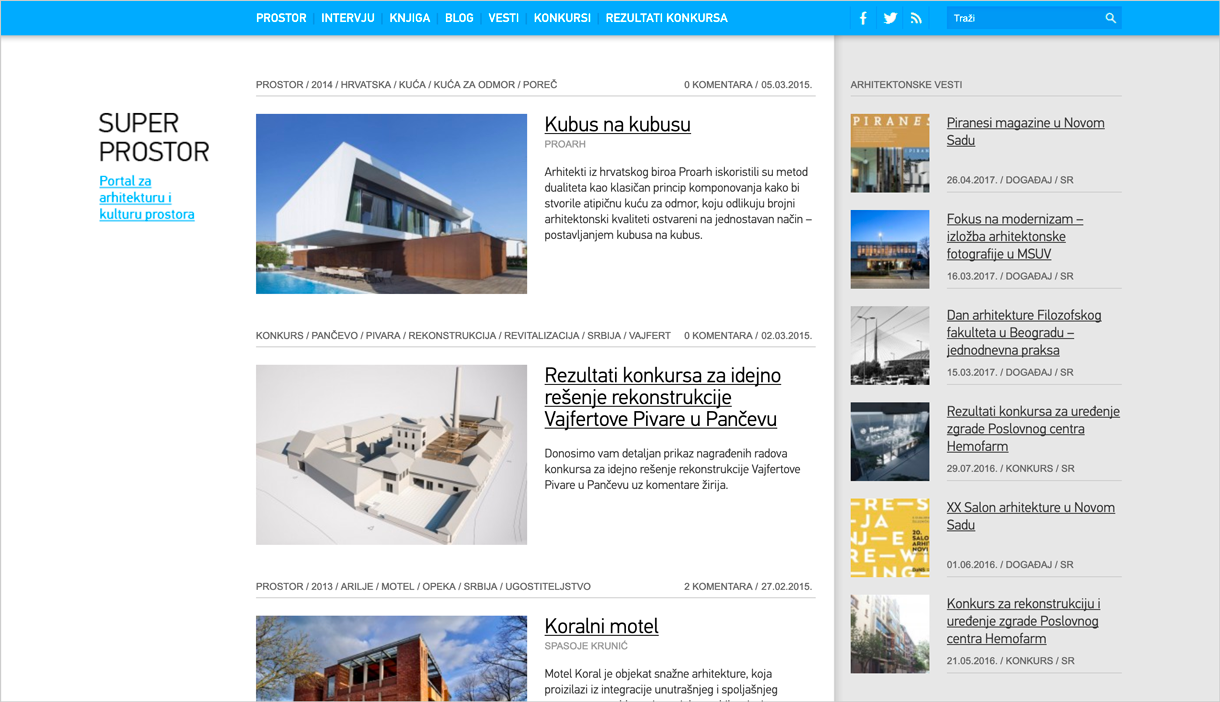
Back in 2012, there was no serious, non-academic architectural publication in Serbia, and the regional scene in the Balkans was fragmented and largely unaddressed.
Together with Relja, an architectural photographer, I co-founded, designed and ran an online architecture publication that established the Balkan region as a common teritorry with the same characteristics and analyzed projects, competition results, books, events etc.
It led to better connections and understanding between architects in the region, better presentation of regional architecture to the world and establishing an almost non-existing field of architectural photography.
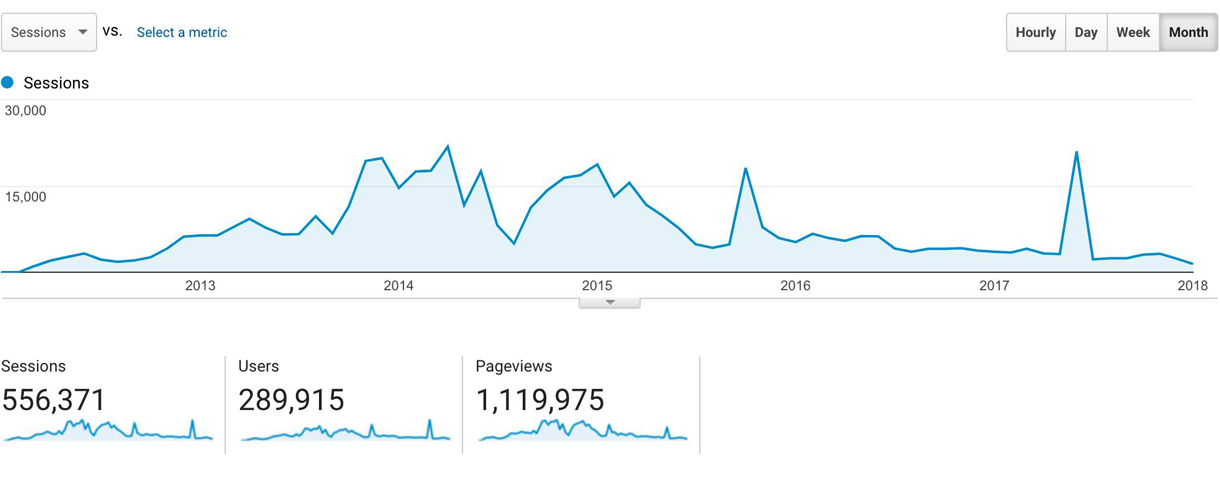
SuperProstor went on to reach around 300.000 people in the region with over 1M pageviews, which was considered a huge success for a specialized, non-commercial and regionally focused publication focused on quality of content.
2004 -

Mostly during my freelancing years from 2004. to 2011. I worked with businesses and agencies worldwide to develop their visual identities - from logo design to stationery, websites, print material and packaging, mostly in the areas of software, hardware, finances, e-commerce, retail, real estate and F&B.

Some of the books with my branding work inside.
The logos I designed have been especially widely published, both in print and online.
2010
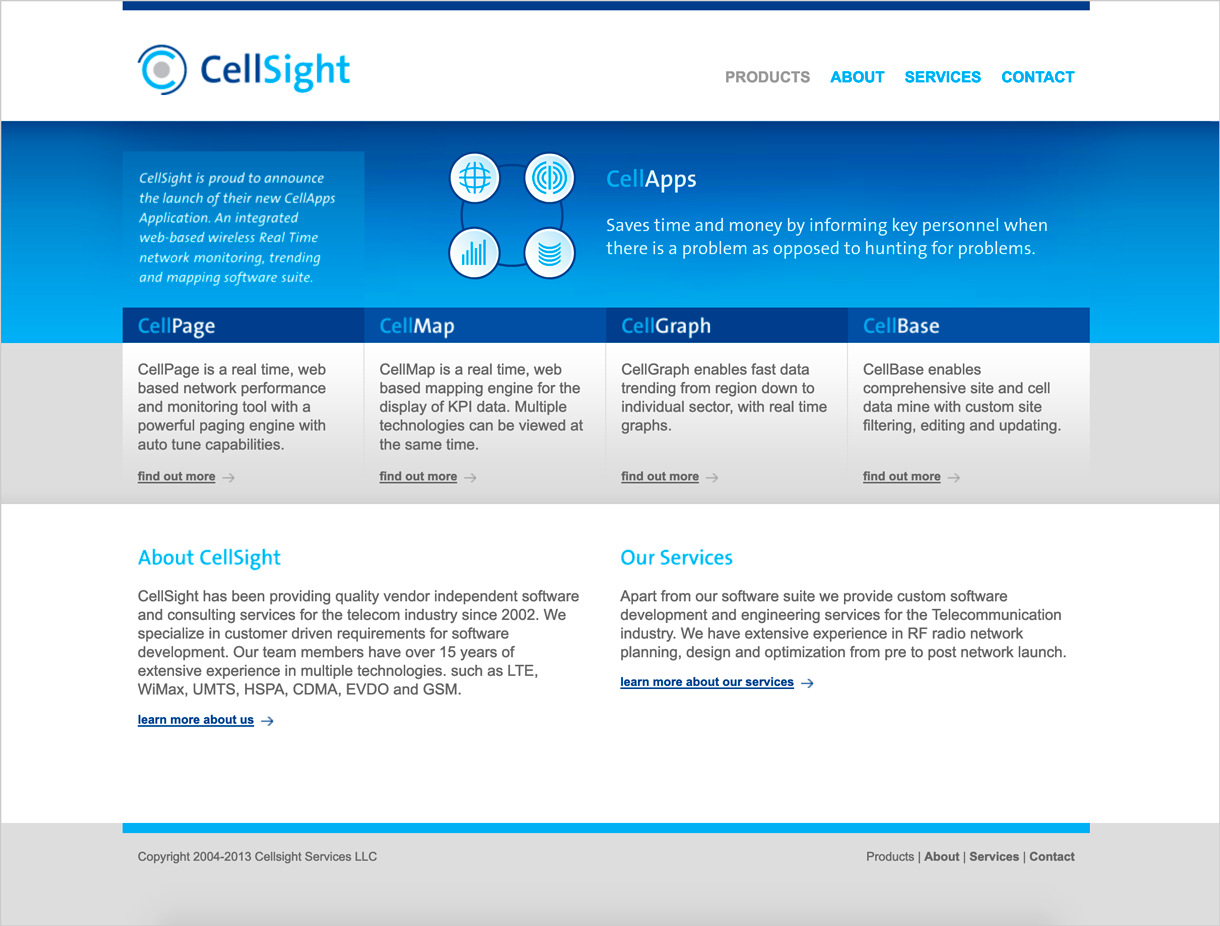
CellSight, a company specialized in telecommunications software, required a visual identity and a website to showcase their new cell site monitoring product suite.
Main goals of the website were the ability to access each product easily and to understand them as a part of a whole.
The icon set for CellApps software suite maintains visual consistency with the CellSight logo, while symbolically suggesting the purpose of each application.
2007
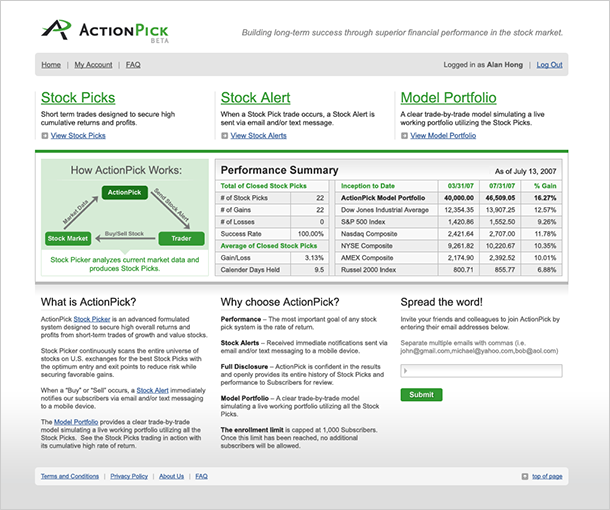
ActionPick was a web-based application that assisted users with stock trading by recommending stock picks.
The project required showing large amounts of information in an easily understandable way (and back in 2007, fitting all of it into a 1024x768 screen).
Based in Novi Sad (Serbia), working both on-site and remotely worldwide.